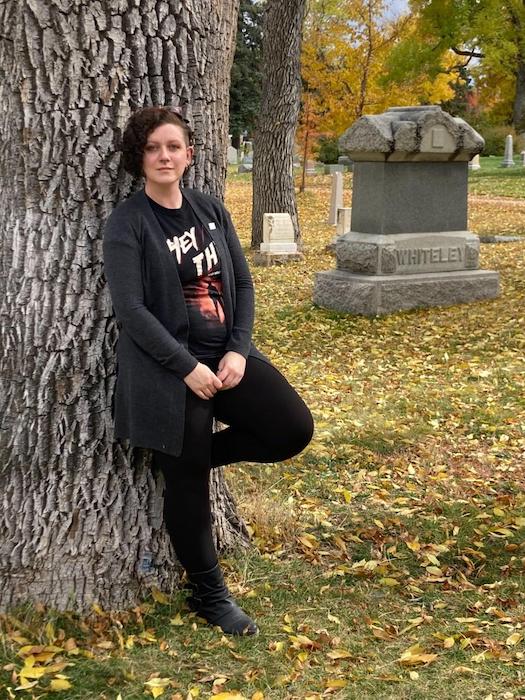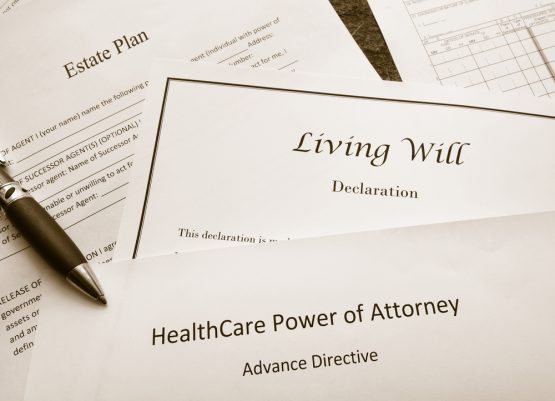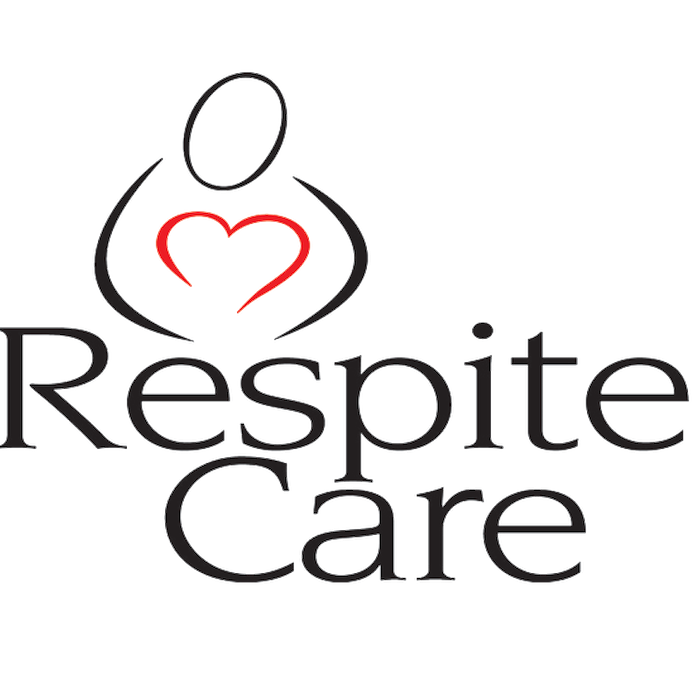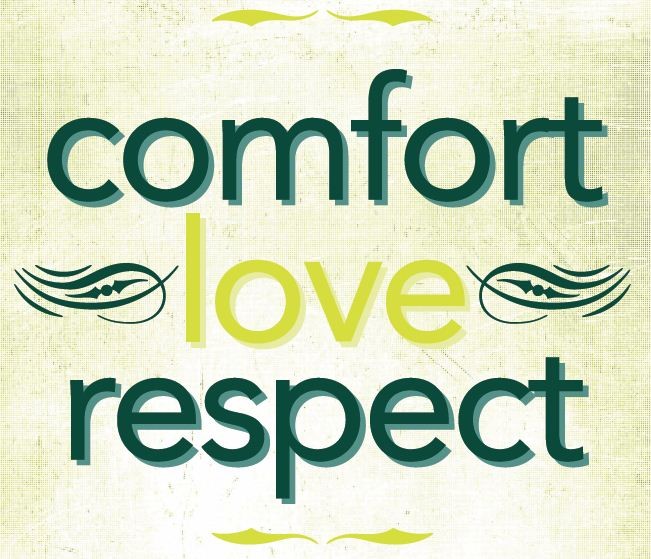“The big misconception about palliative care in general is that you need to be dying to get it,” said Dr. Andrew Esch, a palliative care specialist and consultant for the Center to Advance Palliative Care (CAPC) in Tampa, Fla.
The pandemic has helped counter that view, Esch and others told Next Avenue, as physicians see the benefits to people living with COVID-19 and their families. A palliative care team aims to take a holistic view of the patient’s world rather than focusing solely on treating the primary condition.
Dr. John Mulder, of Spring Lake, Mi., executive director of palliative care training center Trillium Institute, uses “life-defining” or “life-altering” to identify conditions that might benefit from palliative care.
“Getting palliative services doesn’t mean that you are somehow giving up on treating an illness. It’s quite the opposite.”
“Many, many individuals as they navigate their lives are going to be diagnosed with something that is going to forever change them, and it’s going to impact their longevity, impact their quality of life, and can place some burden of suffering upon them,” he said.
“What we do in palliative care is acknowledge the fact that we have something we can’t fix,” Mulder continued. “It might be modifiable, it might be manageable, but we can’t fix it.”
The Symptom-Based Approach of Palliative Care
He added, “You don’t have to be imminently dying to get palliative services. Getting palliative services doesn’t mean that you are somehow giving up on treating an illness. It’s quite the opposite.”
People with cancer, for example, can rely on the symptom-based approach of palliative care to build their strength so they’re better able to withstand chemotherapy, he said. People with conditions like multiple sclerosis or Parkinson’s disease can also benefit, as can those with Alzheimer’s disease.
Palliative care is “really appropriate for anybody with a diagnosis of a serious illness, regardless of prognosis,” said Brynn Bowman, CAPC’s chief executive officer. Most insurance plans cover palliative care just as they would any other specialist service. CAPC manages a website that can help patients find palliative care providers by ZIP code.
“What palliative care aims to do is provide relief from the symptoms and stress of the illness,” Bowman said. That may include managing pain and other symptoms, supporting the family, or helping people match their treatment options to their goals.
“The point is to improve the quality of life for patients and families,” she said.
“Palliative care is based on need, not prognosis,” Esch said, adding that the earlier the team gets involved, the better.
Misconceptions About Palliative Care
Misconceptions about palliative care don’t appear to be limited to the public. Physicians often associate it with end-of-life care and are hesitant to recommend it early in a patient’s illness journey, palliative care specialists said.
“It’s really clear that the medical system isn’t telling patients at the front line of their disease” what to expect, said Katy Lanz, chief strategy and product officer at Personal Care Medical Associates, a geriatric and palliative care company in Pittsburgh.
“Many well-intended, wonderful, smart physicians still are confused about what options people have,” she said.
Often, a doctor will diagnose a patient with a serious condition “but not tell them it’s a disease that one day ends their life,” Lanz said. “There are decisions associated with that disease we should talk about with them while they’re well.”
‘Long COVID’ Brings a Shift in Perspective
The COVID-19 pandemic has boosted demand for palliative care and shifted medicine in ways that are likely to bring the specialty to the forefront, practitioners said.
“COVID has shined a light on the value of palliative care, especially now that we’re seeing ‘long COVID’ patients,” said Esch.
The complex nature of the disease and its effects on family members and caregivers make COVID-19 well suited to a team-based approach. “There’s been a real acceleration” in reliance on palliative care since the pandemic started, Esch said.
“Our volumes are way up,” Esch said. “Most teams are busier now than they’ve ever been.”
According to Esch, a palliative care approach helps with the “brain fog” many people experience after spending time in an intensive-care unit, as well as the “lingering malaise” many COVID sufferers report.
The general malaise brought about by the pandemic has also brought palliative care into focus, Esch said.
“There’s almost a parallel epidemic of a mental health crisis right now,” and people with underlying conditions are seeing their symptoms exacerbated by stress even if they haven’t contracted the virus themselves, he said, adding, “There’s a lot of suffering right now, and that’s really the intersection we sit in.”
“COVID has helped both providers and patients really focus on the need to think about what’s most important to them, where they want to get their medical care, and how,” said Dr. Kim Bower, of San Diego, Calif., medical director of the palliative care program at Blue Shield of California.
“I think it’s opened up discussions,” she said. “It’s been a reason for families to sit down and discuss priorities.”
The pandemic has also addressed barriers to telemedicine, and “really let us see what can we do effectively by video visit and what do we really need to do in the home to meet the patient’s needs,” Bower added.
Health Insurers and Hospitals See Value in Palliative Care
In 2019, 72% of U.S. hospitals with 50 or more beds reported having a palliative care team, according to CAPC. That was up from 67% in 2015, 53% in 2008, and just 7% in 2001. The number of palliative care programs in community settings is also rising, said Bowman.
Some health plans are being proactive about palliative care, sorting through records and identifying members who might benefit from palliative care, Bowman said.
In California, insurers are required to cover home-based palliative care for Medicaid recipients under a law that became effective in 2018. Blue Shield of California, which started a palliative care program in 2017, now offers palliative services through many of its plans, Bower said.
“We’ve taken a multi-pronged approach” to reaching out to members, she explained. Physician and case manager referrals, along with research into medical records and discussions with providers, can identify those who might benefit, she said. Some may need something as simple as more time with a primary care provider or a telemedicine visit.
“I think about palliative care as a continuum, from the palliative care that can be provided by your primary care doctor to the type that can be provided by a specialist in your home,” Bower said. “The final part of that continuum would be hospice care.”
“COVID has helped both providers and patients really focus on the need to think about what’s most important to them, where they want to get their medical care, and how.”
“One of the gaps we have in the United States is, though we have a way to pay for hospice care, we don’t really have a great way to pay for palliative care providers” in a clinic or by telemedicine, Bower said.
The philosophy of palliative care — an interdisciplinary team taking care of the family as well as the patient — isn’t exactly matched with the existing reimbursement system, though that’s changing. “We’re starting to see a network of outpatient palliative care providers form,” Bower said. Still, “access is still spotty.”
Some 65% of Blue Shield members who take advantage of palliative care “discharge” from the home-based program after their symptoms stabilize or their needs are met, Bower said. They may still access services such as office-based palliative care visits, “but they don’t really continue to need that high-acuity palliative care.”
“I think it’s important for patients to be able to access palliative care across that continuum, whether that’s most appropriate in their primary care doctor’s office, a clinical setting, telehealth, or hospice,” Bower added.
The state’s passage of SB 1004, the law mandating coverage for Medicaid recipients, “was a huge win in terms of improving access,” Bower said. “I think having something like that nationally would be a great step forward for palliative care.”
Care for Caregivers and Families
Caregivers for people with serious diseases are themselves at risk for social isolation and exhaustion, and a palliative care team can connect them with community resources such as adult day care, according to Bowman. The team can also teach a caregiver about disease progression and how to manage pain and possibly avert a crisis.
For example, palliative care can provide immediate benefits such as alleviating symptoms so patients aren’t bedridden, said Esch.
“I could come up with about two-thousand and five hundred stories of patients who were in unmanaged pain,” he said. “You get that pain under control, it changes their life.”
As Esch sees it, one of the real values of palliative care is “coordinating care and communicating with the patient’s family and other clinicians” so “we’re not doing things in silos,” he said.
“Palliative care takes the lead and makes it so the patient feels they have four doctors and nurse practitioners taking care of them, and they have four of them talking to each other.”
Complete Article ↪HERE↩!









